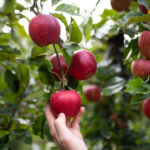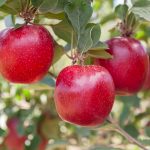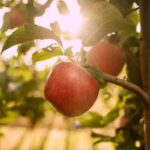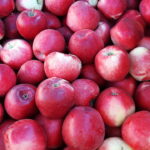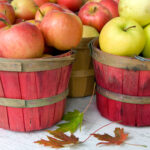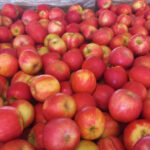Chilean company to propagate Yello apples following quarantine release

Following the recent launch of the Yello apple brand at an Italian trade fair last year, a Chilean producer is now testing the variety which has just been released from quarantine. 
The Japanese-origin variety is called Shinano Gold and was developed through a cross between Golden Delicious and Sensh.
The brand was officially launched by grower cooperative organizations VOG and VI.P at apple-oriented Interploma last November, and commercial plantings are now underway in northern Italy.
Chilean company San Clemente imported the plant material in 2015, and, having been given the all-clear by the country's phytosanitary authority, five trees are now ready to begin propagating.
"The only plant material there is in Chile right now are these five trees and these will be the ones that will provide the country with this variety," development director John Skinner told Fresh Fruit Portal.
He explained San Clemente was one of the six companies that made up the International Pome Fruit Alliance (IPA) - the entity that is working with the variety's developers to test it globally.
Following testing in Chile, Shinano Gold will then be propagated and eventually marketed, just as in Europe.
"[VOG] is the most advanced in the group - they've been experimenting with the variety since around 2008 and just last year launched the variety to the market," Skinner said.
He added it was VOG that recommended the variety to the rest of the IPA companies.
"They already had an agreement with the developers of the variety in Japan even before the IPA formalization, so based on their experience and what they had seen of the variety in recent years, they were enthusiastic and recommended others to try it," he said.
Skinner said the development process in the production of new varieties was long and added patience would be needed. The company must first wait for the buds on the five trees to be able to graft onto other trees.
"I believe that we will see the first plantations next year and the fruit from those plantations in three years more," he said.
"We have the advantage of having information from the other IPA partners who have already experimented with the variety, so we are not starting from scratch. From what they told us in Italy, this variety performs best in colder areas."
He also highlighted that the apple had a crunchy texture despite its yellow coloring. In addition, he believes that while Chile is traditionally not a large producer of the apple category, new opportunities will arise in the domestic market over the coming years.
















